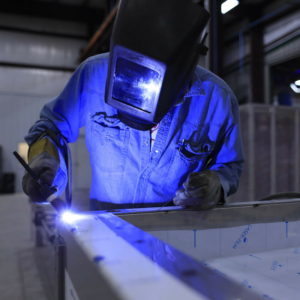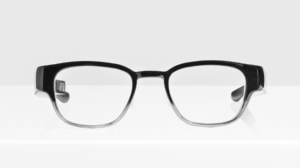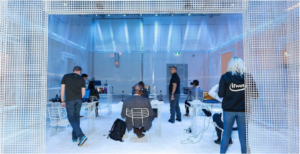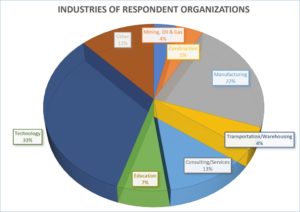XMReality secures additional order from US defense company

This is excellent news for the company and demonstrates enterprise commitment to augmented reality.
XMReality has signed a third order to improve the service operations for an US defense company.
The order includes XMReality Remote Guidance™ software, XMReality PointPad™ and AR glasses with a value of approx. 0,5 MSEK and revenues will be recognized during 2018 and 2019. Including this order, the total order intake from this customer for the previous 12 months amounts to approx. 1,7 MSEK.
The initial order from the company was signed December 2017 and included XMReality Remote Guidance software, XMReality PointPad and AR glasses to a value of approx. 0,6 MSEK. This was followed up in July 2018 with additional software of a value of approx. 0,6 MSEK.
Further info: see XMReality’s AREA member profile and their company website.








